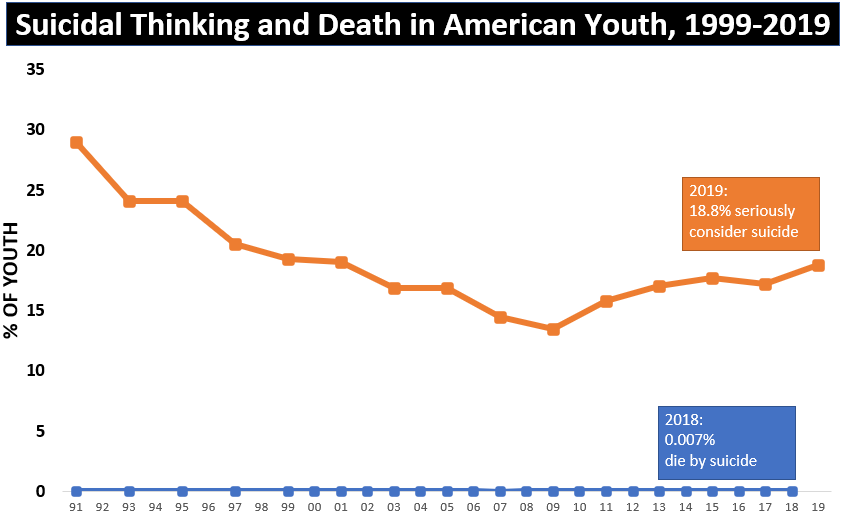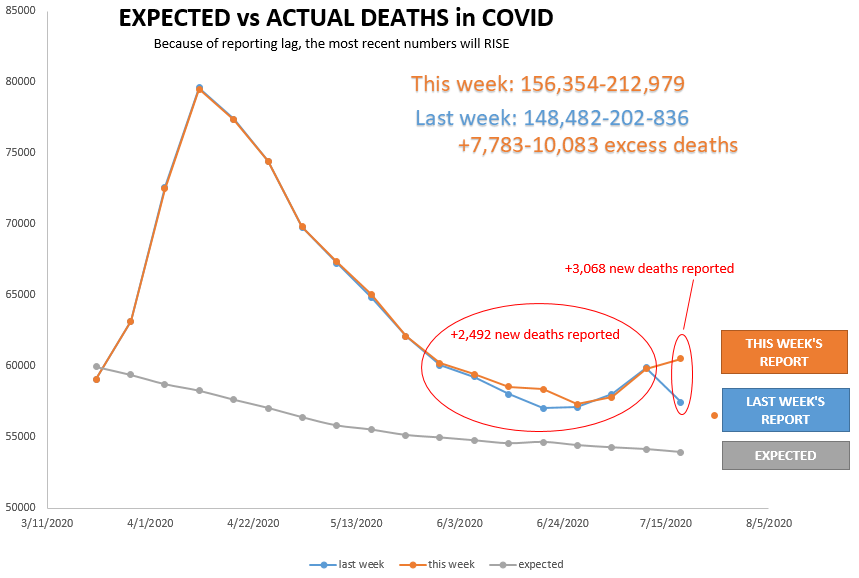
with some caveats (this study was conducted during very low community spread, significant protections were in place), this shows us that when the numbers support it, and with good policies, in person schooling is possible!
https://twitter.com/alexnazaryan/status/1336861912030654471
The knowledge of the UK situation is very important to put this study into context. Only a few years at each age group were invited to in person class, so schools were significantly less populated than normal (1/8th to 1/4 of the population).
/2
/2
This restart happened when community spread was very low.
/3
/3
There were significant checks, social distancing, and rules in place to ensure that masks/distancing/reduced contact/reduced socialization were occurring. In other words, this was not "letting kids get back to school," it was a new environment designed around infection control./4
So this DOES tell us that during times of low numbers, when policies are in place and it is possible to significantly reduce the in person numbers during an ongoing pandemic, it is possible.
/5
/5
It does not "prove" that it's ok to return to pre-pandemic school populations. It does not "prove" that kids don't spread illness (community infection was low at the time), and it doesn't "prove" that protection/exclusion/limit policies don't work.
• • •
Missing some Tweet in this thread? You can try to
force a refresh





